A lot of chagrin is a cactus that has ceased to grow, lost the color and glitter of the skin, especially if this happens at a time when he could most actively develop. In such cases, the plant needs to be carefully inspecting and translating.
If the cactus has good branched healthy roots, as a rule, does not occur  problems and with a terrestrial part of the plant. Such includes echinopsisisisis, indentation and ceres. They are easily increasing with the roots when contacting the ground.
problems and with a terrestrial part of the plant. Such includes echinopsisisisis, indentation and ceres. They are easily increasing with the roots when contacting the ground.
Healthy cactus roots light yellow (different shades), smooth, without nodules. Possible embodious thickening is a clear sign of pest activities. In this case, the sharp knife needs to trim the roots before a healthy tissue, slices are thoroughly rinsed in a solution of manganese and pouter charcoal. Three days later you can land on the old depth.
But there are species reluctantly forming roots, and there are also those that, after the root system loss, can be saved only by vaccination to another, more enduring plant. There are gentle roots, they are easily die, so when transplanting needs to be very careful.
Transfer
Freeing the roots from the old earth, carefully inspect them to notice the disease or pests on time. Memorious easily break and disappear (by the way, when a healthy cactus quickly forms many new roots, some of them, depending on the need, resets).
After that, the plant for two or three days put in a warm dry place in the shade so that the roots on the roots dried and healed. Many novice lovers of cacti allow the same errors at this stage: make a transplant to one reception (without drying), while still watered well after landing. And as a result, when the plant dies, consider it difficult in cultivation. Here you just need to change the scheme.
Watering Increasing only after the cactus is taken.
Particularly cunning Glo Hydii is most of the types of inductions (cacti spikes are not poisonous). Therefore, it is better to turn off the plant with tight paper when transplanting. You can use the leather glove. Large and heavy copies are more convenient to replant together (every three years). If an adult plant feels good, instead of transplanting enough, so as not to damage the roots, remove the top hardened layer of soil and add fresh. You can replant even during vegetation. In this case, the root neck is plated in small gravel or clay.
The soil
The reason (although not direct) the growth of plant growth is most often the soil. It can be exhausted or not suitable for cactus, as well as contain substance harmful to the plant, although at first glance it seems quite suitable. Quite often to weak growth of cacti results in the presence of pests in the soil or on the plant itself.
The soil in its structure should be such that it could remain loose for a long time, breathable, as cacti does not like loosening during active growth. It is added to the washed brick crumb (3-4 mm fraction), sand, perlite and peat. At the bottom of the pot, drainage is required (clamzit, small shards, coarse sand). The soil in the pot is better poured with a spoon, and so that the soil is legitimate, slightly tapping the table with a tank.
For the types of cacti with a re-root in the soil, clay add to make it heavier, and some charcoal, he will protect against rot. Acidity
Most cacti develop well in the soil with a moderately acidic or neutral reaction. As a result of constant watering with rigid tap water, it becomes more alkaline. And cacti to this are so sensitive that it is possible to give growth. At pH 8-8.5, almost all kinds may die. Therefore, the soil from time to time must be updated. The best acidity is 5.5-6.
Note about moving:
Moving apartments -now it became real, you just need to call by phone 8 (495) 991-24-92 and do not break your head calling familiar with the truck, not to mention the transportation of furniture, in general, that the move is not delayed for several weeks reach the phone and call.
It is interesting:
Growing Bilbergi Flood
Hibiscus cultivation
Fayaho's cultivation at home
Ficus Kroichny
How to grow a chipper palm tree, banana, citrus, avocado, pineapple, coffee church at home
Caring for orchids


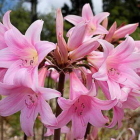
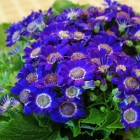
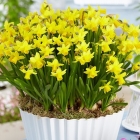
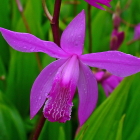
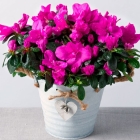
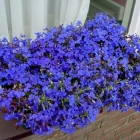
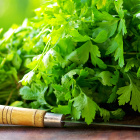
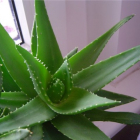

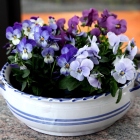
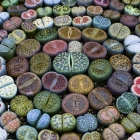
 Start a discussion ...
Start a discussion ...